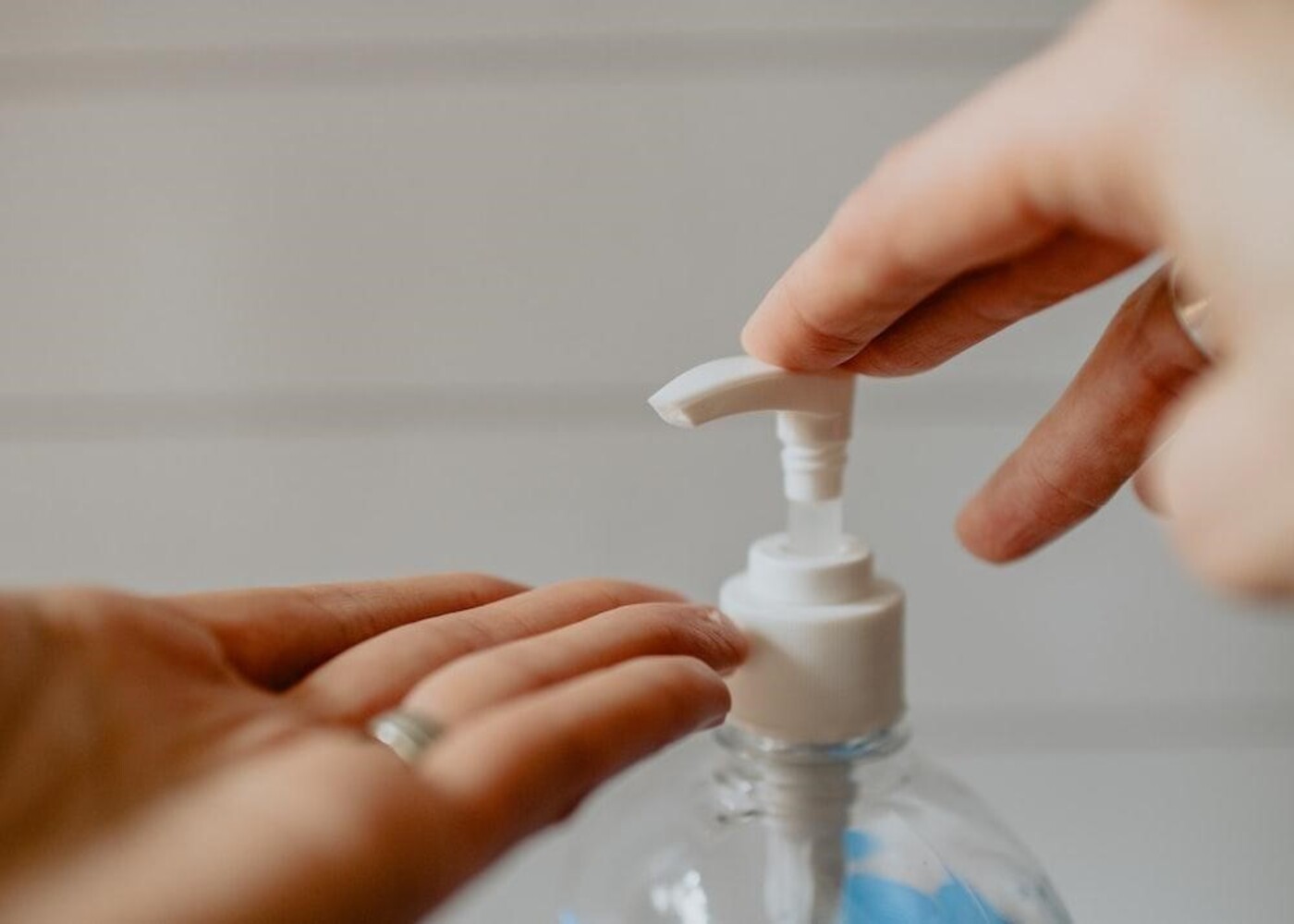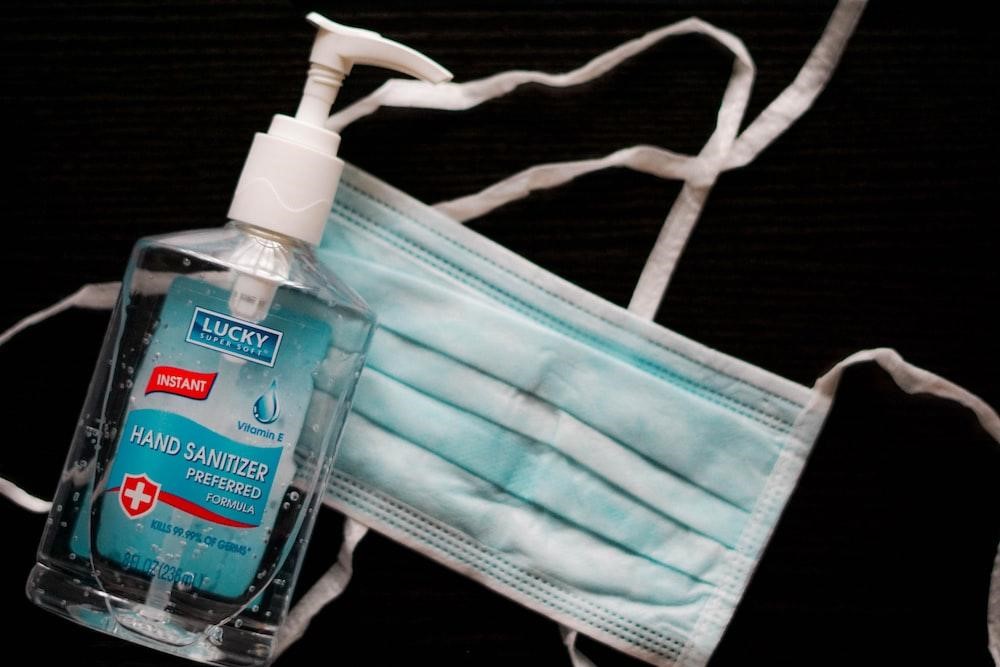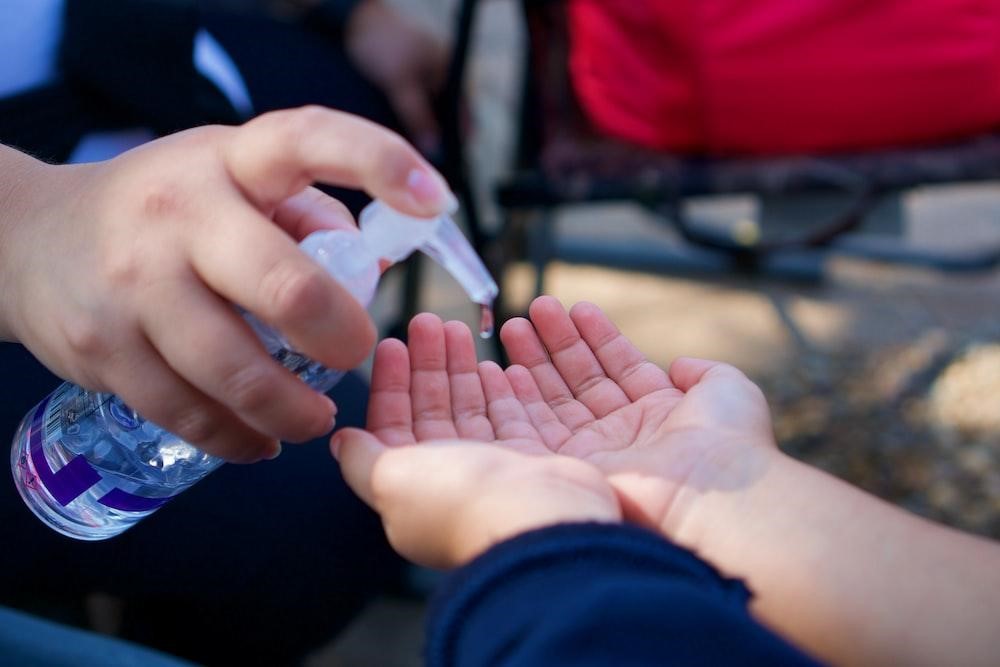Hand sanitizer offers a convenient and highly effective means of defeating germs and thwarting the spread of illness. Alcohol-based hand sanitizer (ABHS), in particular, is a user-friendly tool in our hygiene arsenal.
However, wielding this germ-fighting elixir incorrectly can inadvertently increase your vulnerability to illness. To harness its full potential, you must become a master of its proper application. Here are the essential steps for using hand sanitizer correctly.
1.Choose The Right Hand Sanitizer

Before reaching for that bottle of hand sanitizer, here's a crucial nugget of wisdom: Seek out a hand sanitizer boasting no less than a 60% alcohol content. This is the magic number the Centers for Disease Control and Prevention (CDC) recommended to wage a successful war against those pesky germs.
In hand hygiene, alcohol content is the unsung hero who swoops in to eradicate those invisible invaders. You're arming yourself with the best defense with a sanitizer that meets or exceeds the 60% threshold. It will protect you from the perils of the microbial world.
So, 60% alcohol content or higher is your ticket to germ-fighting success. Choose the correct hand sanitizer to safeguard yourself and keep those germs at bay. It's a small step that makes a big difference in the battle for a healthier world.
2.Apply The Recommended Amount
When it's time to embrace the cleansing power of hand sanitizer, be generous with your application. Pour enough to coat every inch of your hands, leaving no surface unguarded. Make it your mission to reach between your fingers, under your nails, and across your palms.
After you've lavished your hands with sanitizer, let it air dry. Yes, resist the urge to rinse it off or wipe it away. This drying process locks in the germ-fighting magic. Cover every hand surface with sanitizer, from fingertips to palms, and wait for the sanitizer's invisible shield to set. It ensures the sanitizer's full potency in your noble quest for cleanliness.
3.Rub Your Hands Together

When you reach for that bottle of hand sanitizer, remember these two golden rules: First, the time you spend rubbing your hands together is like a magic incantation against germs. Aim for at least 20 seconds, lavishing your attention on every nook and cranny of your hands. It's the duration recommended to banish those germs to oblivion effectively.
Second, don't be stingy with your sanitizer. Pour out enough to generously coat your hands. Ensure that no corner remains unguarded. The more thorough your coverage, the more impenetrable your defense against the forces of contamination.
4.Use It When Hands Are Visibly Dirty
Hand sanitizer is at its most potent when wielded on clean hands. If your hands bear visible dirt marks, scrub them thoroughly to banish the visible grime.
And there's a special encore for those in close contact with raw meat or poultry. These culinary delights can leave a trace, so wash your hands diligently. It's a crucial food safety act that protects you and the delectable dishes you're preparing.
5.Don't Use It On Open Wounds

Hand sanitizer is a champion at battling germs on healthy skin, but it's not meant for open wounds or cuts. Instead, rely on the timeless duo of soap and water to cleanse and protect these areas.
These small steps can make a big difference in safeguarding your health. Hand sanitizer is for healthy skin; you should turn to the old soap-and-water routine when it comes to cuts and wounds. It's a simple yet effective way to keep you safe and sound on your hygiene journey.
6.Use It Before And After Touching High-Touch Surfaces
In the modern world, a bottle of hand sanitizer is your best companion to keep you safe from lurking germs. Keep it close, whether in your pocket, purse, or backpack, to defend yourself against germs wherever you go.
Before and after interacting with surfaces that others frequently touch – like doorknobs, elevator buttons, and handrails – a quick squeeze of sanitizer is your invisible shield against the germs that others may leave behind.
As you prepare to savor your meals, clean your hands with a hand sanitizer to prevent germs from hitching a ride from your hands to your food. Then, after the meal, a final application ensures you leave nothing but clean hands behind.
7.Don't Rely On It As Your Only Form Of Hand Hygiene

Hand sanitizer is a handy option against germs. However, it should never replace the age-old handwashing ritual with soap and water. Consider hand sanitizer as your backup plan when soap and water are nowhere to be found.
When you're in a pinch, reach for that sanitizer when the sinks are out of sight. It's your go-to when the situation demands a quick and effective germ-fighting solution. But don't let it become a crutch. Hand washing is an unbeatable method for thoroughly cleansing your hands.
So, use hand sanitizer as your backup plan to support you in need. Let it complement the hand washing with soap and water in your quest for cleanliness, ensuring you're always one step ahead in the battle against germs.
Bottom Line
Hand sanitizer comes to the rescue when a sink is nowhere to be found. It is a valuable ally in our battle against germs, but it's essential to use it correctly. Remember, it's not a substitute for good handwashing when your hands are visibly soiled.
By mastering the art of its application and knowing when to wield it, you can make hand sanitizer an effective weapon in your personal hygiene arsenal.











